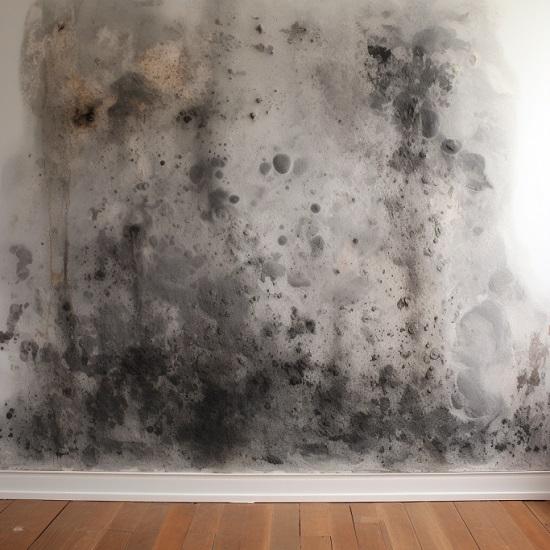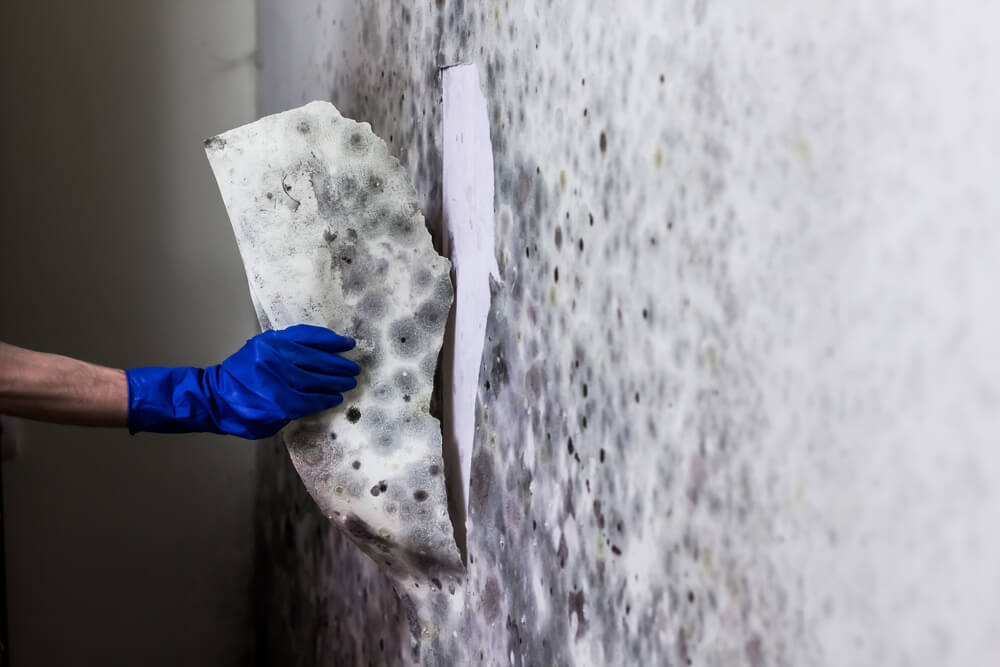Necessary Steps After Mold Remediation
Your Ultimate Guide to Blog Post Mold And Mildew Remediation Strategies
Navigating the world of post-mold remediation techniques is a meticulous procedure that requires interest to detail and a comprehensive understanding of the intricacies entailed. In the aftermath of mold and mildew invasion, understanding exactly how to efficiently eradicate the mold and mildew and avoid its reoccurrence is critical for maintaining a healthy and balanced indoor atmosphere. From choosing the right cleansing and sanitizing approaches to applying techniques for long-term mold and mildew prevention, each action in the remediation trip plays an important duty in making sure a successful end result. As we embark on this exploration of post-mold removal techniques, we will certainly uncover the crucial methods and best methods that can aid you restore your room to its pre-mold condition and guard it against future mold hazards.
Comprehending Post-Mold Removal Refine
After completing the mold and mildew removal process, it is crucial to understand the post-mold removal strategies that are needed to make certain a effective and thorough clean-up. When the mold has been gotten rid of, the following action includes cleaning and decontaminating the impacted locations to stop any type of regrowth of mold. This includes utilizing specialized cleaning up representatives to wipe down surfaces and kill any remaining mold spores. It is vital to dry the area totally to inhibit the growth of mold in the future (testing air quality after mold remediation). Correct air flow and dehumidification can help in this process.
Moreover, carrying out a final evaluation post-remediation is important to guarantee that all mold and mildew has been effectively eliminated. If the examination reveals any remaining mold, added remediation might be needed.
Efficient Cleaning and Sanitizing Techniques

Avoiding Future Mold Development

Value of Proper Ventilation
Correct ventilation plays a critical duty in preventing moisture accumulation, a key consider mold development within indoor environments. Effective ventilation systems assist remove excess humidity from the air, reducing the possibilities of mold spores discovering the dampness they need to sprout and spread. Without sufficient ventilation, indoor areas can come to be a breeding place for mold and mildew, leading to possible health risks and architectural damage.
By making sure correct air circulation, ventilation systems can additionally help in drying out moist locations much more promptly after water damage or flooding incidents, better discouraging mold and mildew development. Post Remediation verification. Precede like restrooms, cellars, attics, and kitchens where wetness degrees often tend to be greater, mounting and keeping reliable air flow systems is essential in stopping mold invasions

Tracking and Upkeep Tips
Offered the vital role that proper air flow plays in protecting against mold and mildew growth, it is essential to develop efficient monitoring and upkeep suggestions to make certain the continued capability of ventilation systems. Normal assessments of air flow systems must be conducted to look for any type of signs of obstructions, leakages, or malfunctions that might hamper appropriate airflow. Tracking moisture degrees within the property is likewise crucial, as high humidity can contribute to mold development. Installing a hygrometer can assist track moisture levels and alert home owners to any type of spikes that might call for attention. In addition, ensuring that air filters are consistently cleaned or changed is crucial for maintaining the effectiveness of the air flow system. Carrying out a schedule for routine maintenance jobs, such as air duct cleansing and heating and cooling system assessments, can aid avoid concerns prior to this website they escalate. By staying positive and alert to the condition of ventilation systems, property owners can efficiently minimize the threat of mold and mildew regrowth and keep a healthy and balanced interior environment.
Final Thought
Finally, post-mold removal strategies are vital for making sure a safe and tidy atmosphere. Understanding the procedure, carrying out reliable cleansing and decontaminating approaches, stopping future mold development, keeping appropriate ventilation, and normal monitoring are all crucial actions in the removal process. By adhering to these guidelines, you can efficiently eliminate mold and prevent its return, advertising a healthy living or functioning area for all occupants.
In the results of mold problem, knowing exactly how to effectively remove the mold and mildew and avoid its reoccurrence is extremely important for preserving a healthy indoor setting. Once the mold has actually been gotten rid of, the next action involves cleaning and decontaminating the affected areas to protect against any regrowth of mold - Post Mold Remediation. After eliminating noticeable mold and mildew growth, it is crucial to clean all surface areas in the afflicted area to eliminate any type of continuing to be mold and mildew spores. To further enhance mold prevention procedures, it is crucial to address underlying issues that at first led to mold and mildew growth.Offered the critical role that correct ventilation plays in stopping mold and mildew development, it is imperative to establish efficient monitoring and maintenance suggestions to guarantee the continued capability of air flow systems